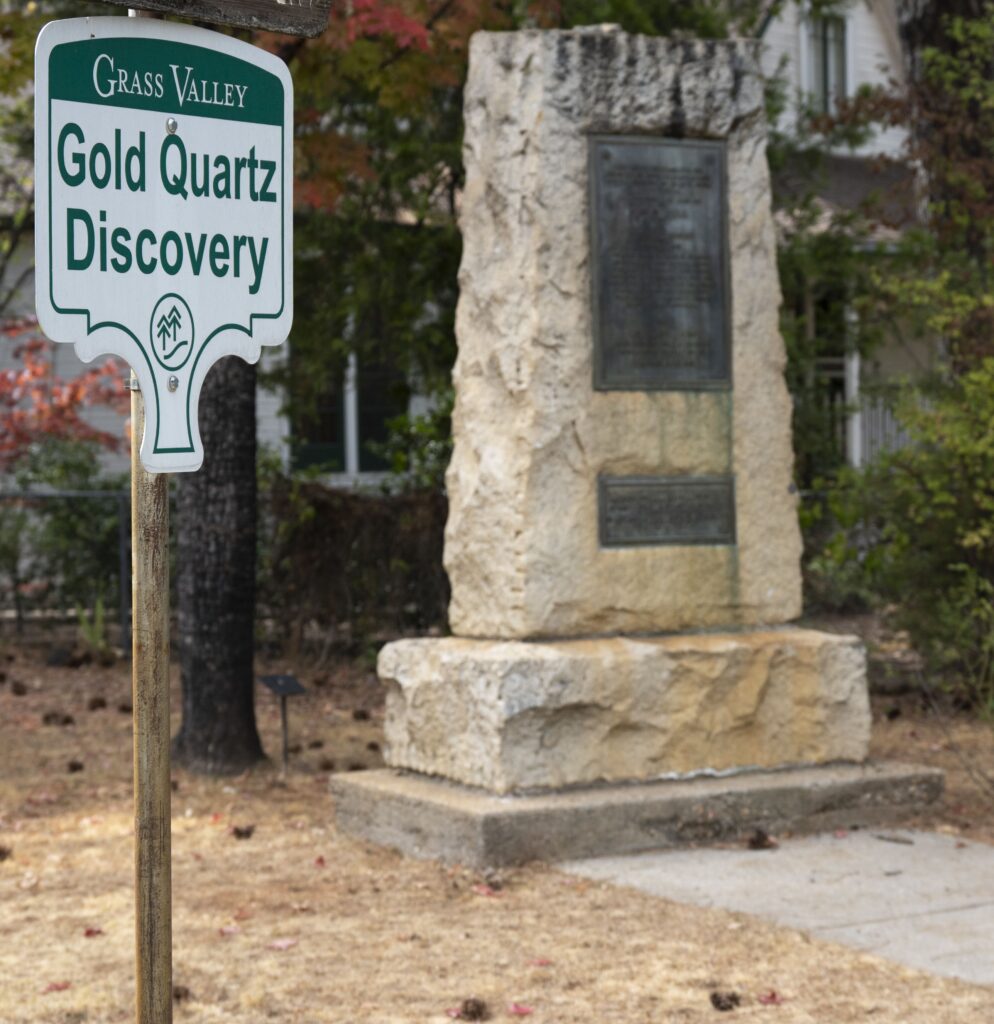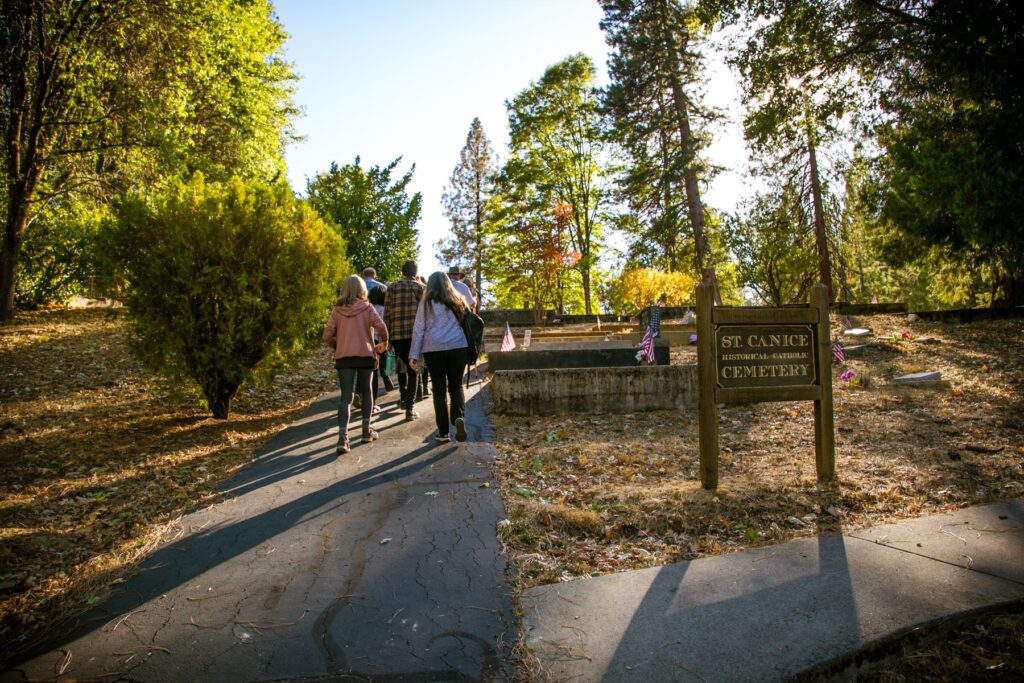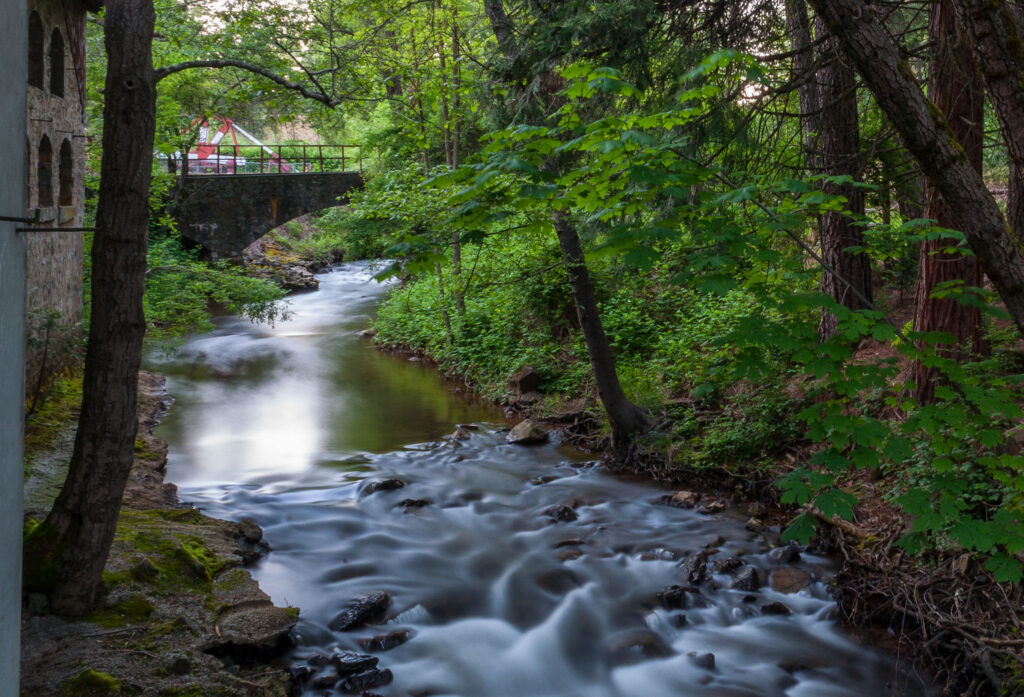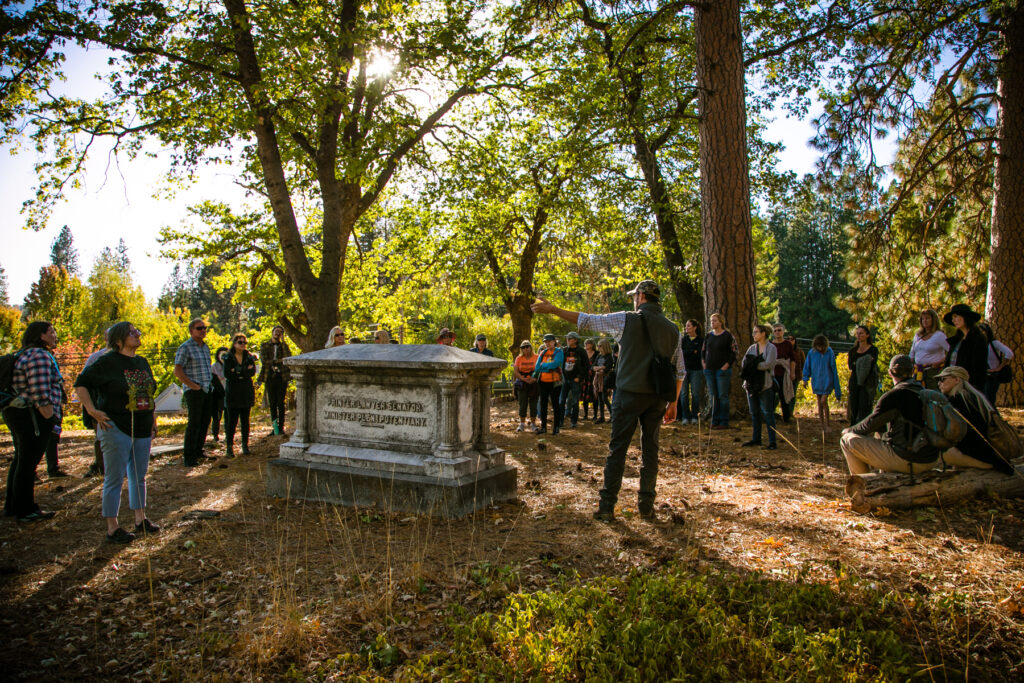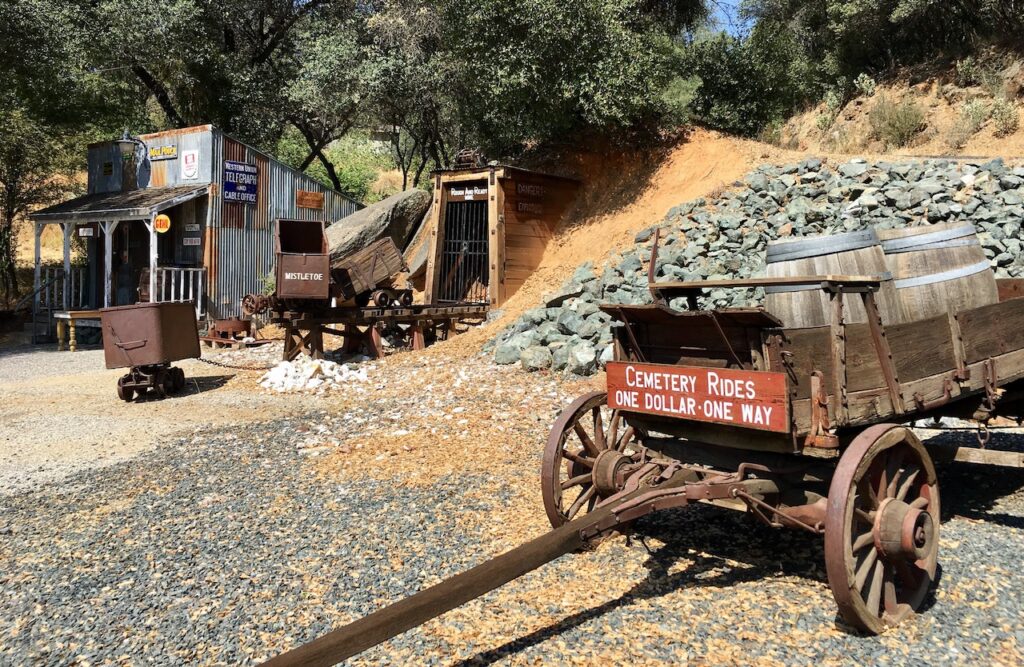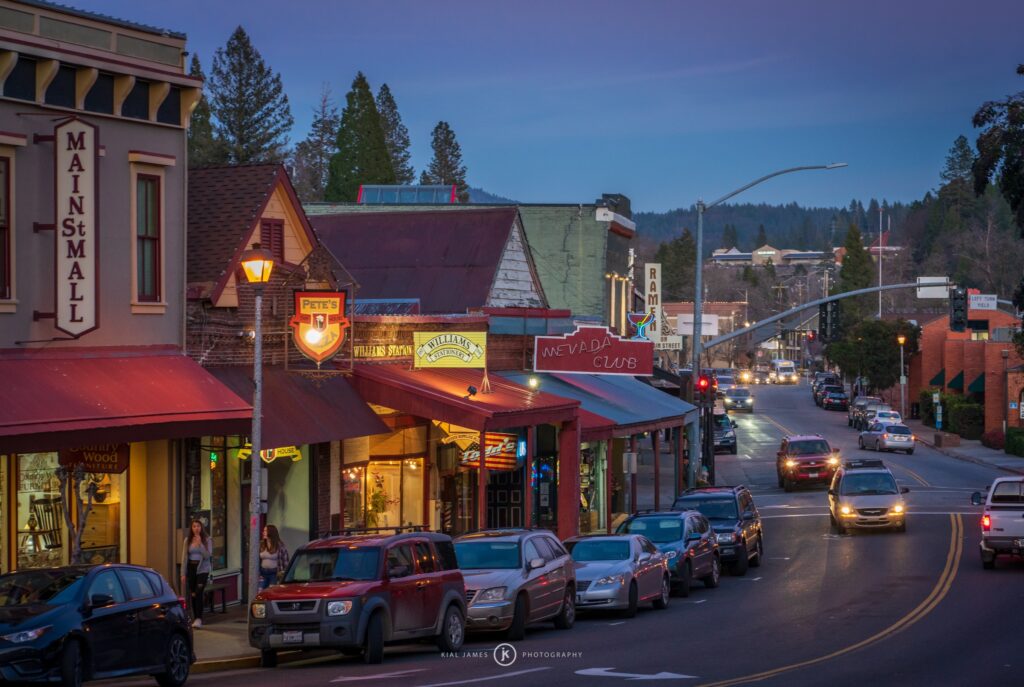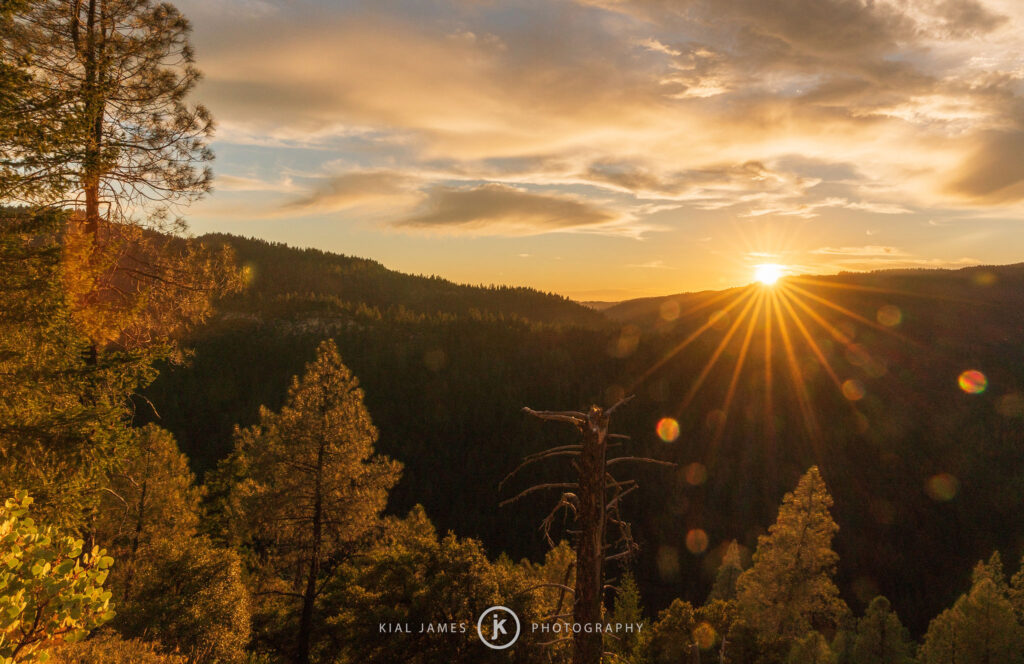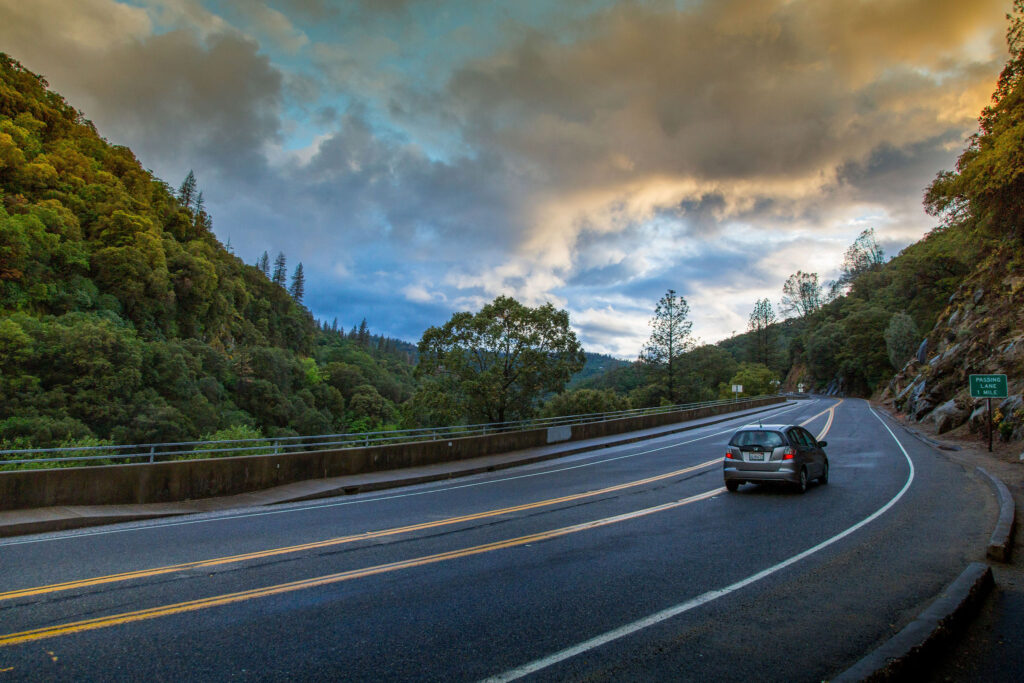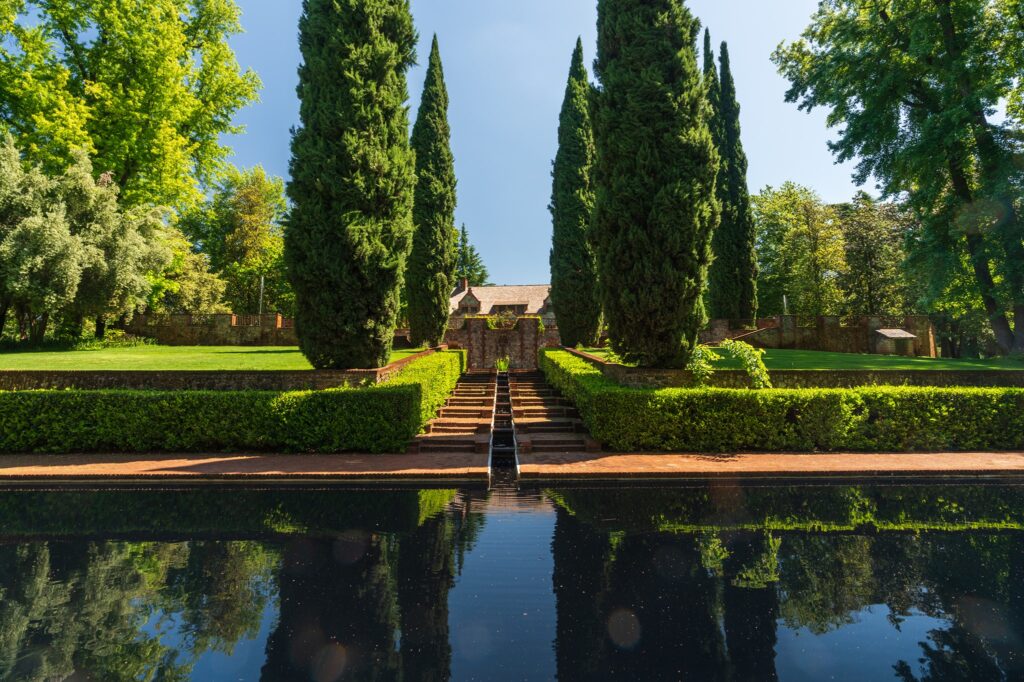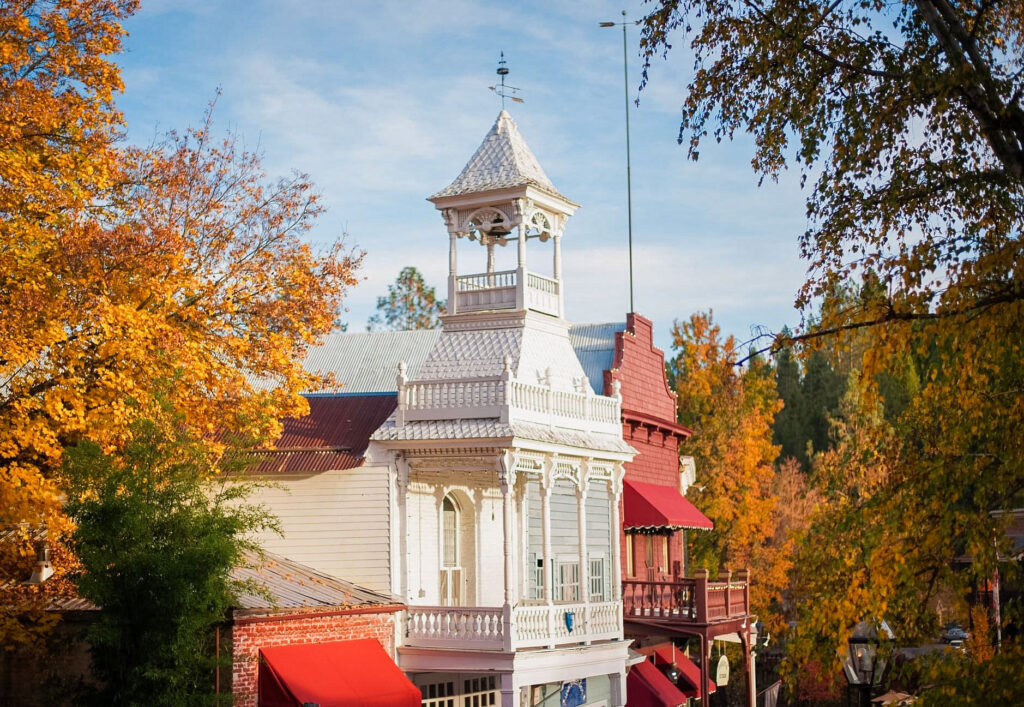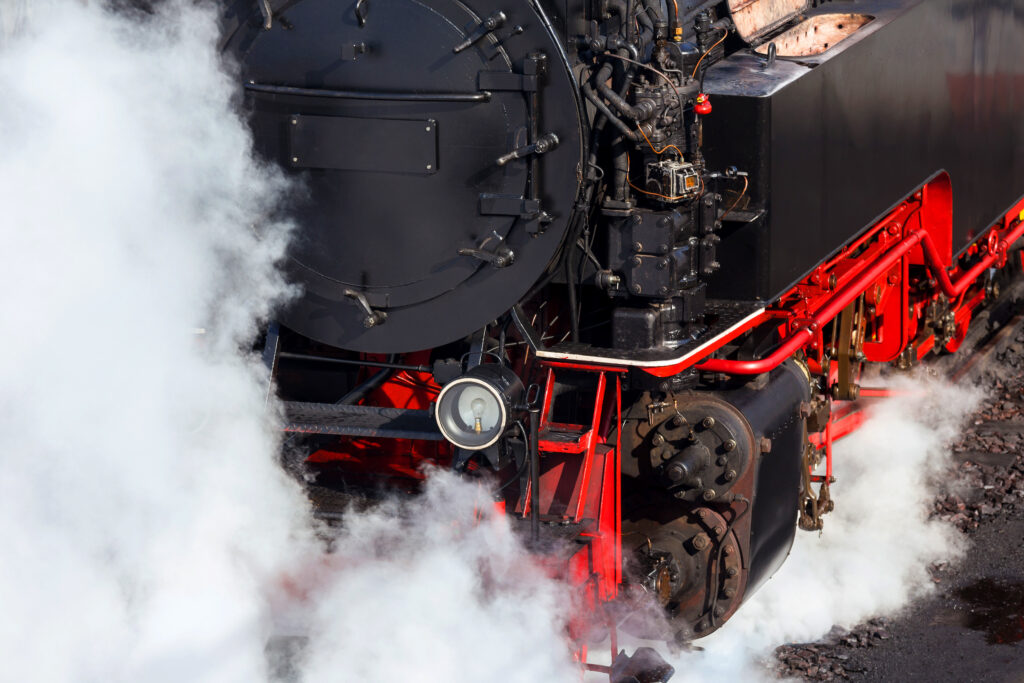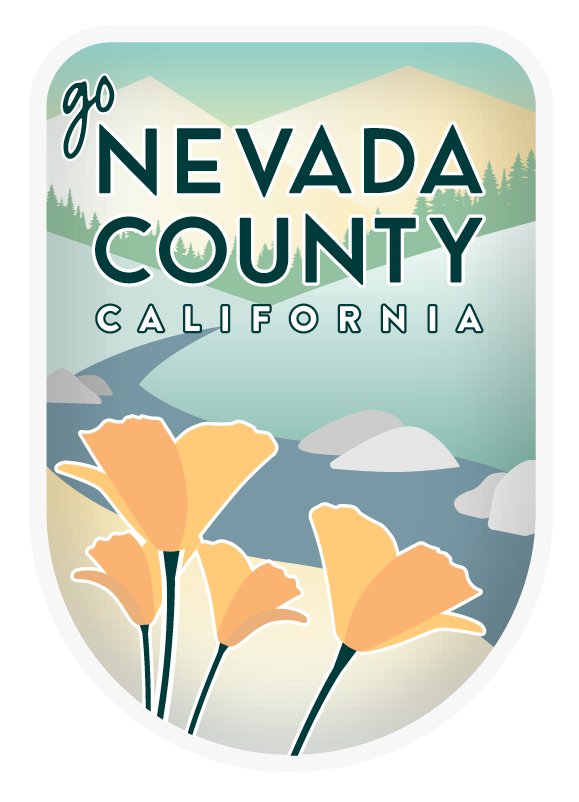
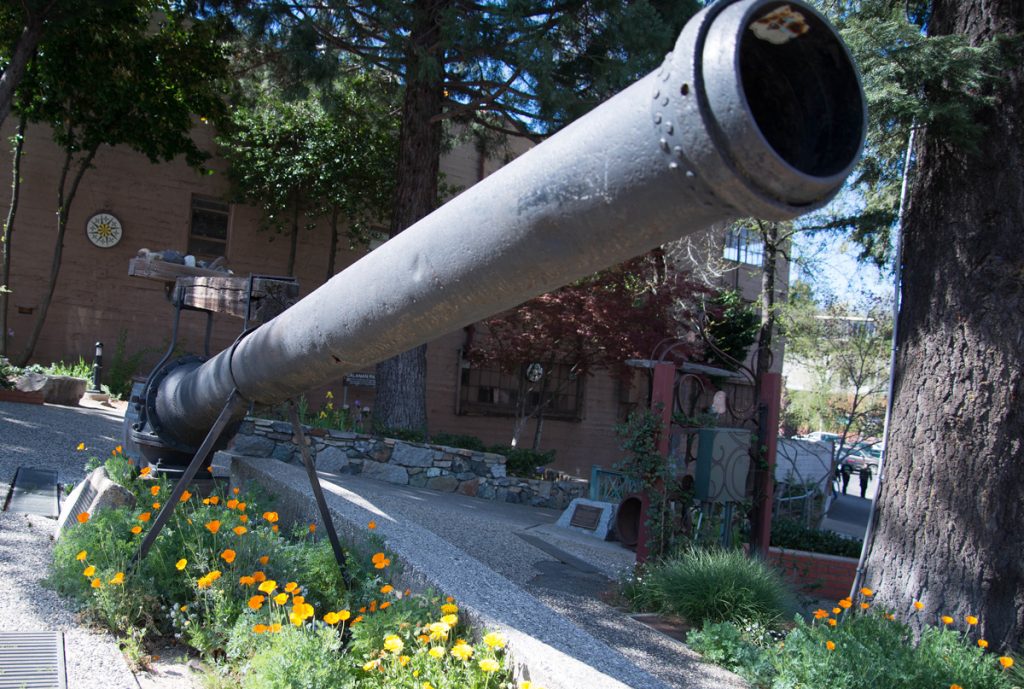
“From Providing Gems, to Becoming a Gem”
While California became a state on September 9, 1850, its roots go much further than that with aboriginal California Indian Culture going back thousands of years. Nevada County is home to a number of indigenous tribes that include the Nevada City Rancheria Nisenan, the Washoe Tribe of Nevada and California, and Tsi Akim Maidu Tribe. Of course the history in Nevada County includes, both good and bad, includes California’s Gold Rush. The rich underground mines of Grass Valley made it the richest mining community in California, but not without devastating impact to local native communities and to the determinant of the environment. That being said, even during the Depression of the 1930s, Grass Valley thrived because of its mining-based economy. Nevada County’s many historic buildings, museums, state parks and sites offer an intriguing look into the region’s fascinating history. In addition to paying homage to the robust Gold Rush era, these historic destinations also offer vibrant insight into hearty emigrants, Native Americans and Chinese and Irish populations who filled the county’s history books. Check out the Nevada County Historical Landmarks Commission Interactive map for a thorough and exhaustive look at Nevada County’s 200 plus historical landmarks. You can also get a list by ordering the Exploring Nevada County Book.
Almost everywhere you look in Nevada County, you’ll see original brick buildings from the 1800’s, hikes and parks with museums and old mining equipment, and saloons or hotels that have been operating since the Gold Rush–just with a few updates to keep them running! Among them is the Nevada Theatre in Nevada City, the oldest theater built in California in 1865. It operates to this day and once hosted Mark Twain among other historical figures.
Strolling down Main St in Nevada City, you’ll see the Firehouse No. 1 museum, the city’s first museum. Inside you’ll find exhibits on the Nisenan Indians, a historic collection from Nevada County’s Chinese pioneers, and artifacts from the Donner Party. You can join a walking tour in Nevada City to learn about our history, see historical buildings, and even dine in some of the longest operating restaurants in the county. You’ll be amazed that so much history occurred in one county!
For those who are interested in digging in, check out the North Star Mining Museum or St. Joseph’s Cultural Center Museum in Grass Valley or the Nevada County Narrow Gauge Railroad Museum in Nevada City (on Saturdays you can actually ride a train to and from the North Queen Hotel and the Musuem – check the website for details). We also highly recommend strolling downtown Nevada City to visit the Nisenan Arts and Culture Gallery at 225 Broad St. After making your way to Nevada City, head up to the Truckee area to visit the 20 Mile Museum up on Donner Summit, but not before stopping and having lunch at the Rock Creek Nature Trail off of HWY 20 about 7 miles north of Nevada City. Finish the day up in Truckee where you can see the historic Charles McGlashan Butterfly Collection at the Truckee-Donner Park and Recreation Truckee Community Center and learn about the Transcontinental Train and early settlers in the high sierra, including the Donner Party at the Donner Memorial State Park.
Historic Parks In Nevada County
Nevada County is home to several state parks that offer history and recreation opportunities at one scenic location. Twenty-six miles from Nevada City, Malakoff Diggins State Historic Park is the site of California’s largest hydraulic mine and features a visitor center with exhibits on life in the old mining town of North Bloomfield. Grass Valley’s Empire Mine State Historic Park is the site of one of the oldest, largest and richest gold mines in California. Today the park features historic mine buildings, as well as guided tours and living history presentations. Learn about the Donner Party and see ancient petroglyphs at Donner Memorial State Park.

